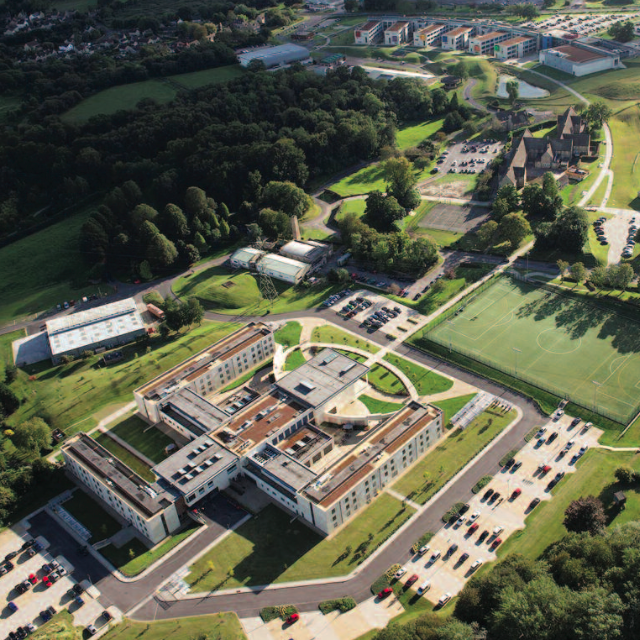In July, marking the centenary of the tragic events that led to the outbreak of the First World War, Richard Broadhead presented a wide-ranging talk about the course of the war and its effects on civilians, particularly those in Wiltshire and our area. He took us through recruiting, local recruits being sent to Devizes Barracks, through to conscription. Wiltshire became a huge tented camp, as recruits trained and dug practice trenches (such as those dug by the Scots Guards on The Batters), while visiting units included the 1st Canadian Division, who were billeted locally and left a lasting impression, including that of Winnipeg the Bear (who may have been the progenitor of Winnie the Poo). The talk was well illustrated by pictures and news cuttings that vividly evoked the flavour and moods of the times as rationing, coal shortages, blackouts (even here in Wiltshire) became the norm. By 1917 women were being recruited for farm work, as well as working in munitions factories, as the realities of ‘total war’ took their effect upon the population. Above, the air was abuzz with training aircraft, and there were many accidents. The hospital established in the Town Hall catered for recuperating troops, the main surgical hospital being in Bristol. There were even German prisoners-of-war incarcerated locally.

A rare aerial view of MoD Corsham
The summer social event, a cream tea, was held in Lypiatt Road on 22 August. Fingers were crossed as the beautiful weather of the summer temporarily deserted us, bringing cold wet weather – not the best for sipping tea and eating scones, cream and jam in the garden! However, the sun shone and everyone attending had a wonderful time. Our thanks to Joan Mciver for the delicious scones and to our cake bakers.
In September, Lord Lansdowne, 9th Marquis of Lansdowne from Bowood, gave us an insightful, thoughtful and frank perspective on the management of our great estates. He explained the threecategories into which these estates fall – the National Trust has 400 sites; English Heritage is responsible for about the same number, including Stonehenge; and in the private sector about 300 homes are open to the public. These are supported by the Historic Houses Association, which the public can join as a Friend. The privately owned houses start with a disadvantage compared with the NT and EH as, not being charities, they do not receive any grant aid or VAT exemptions – they are, in effect, unpaid custodians of the nation’s built and landscape heritage. Bowood was opened to the public in 1975, with half the house converted to exhibition rooms and a shop. Lord Lansdowne was forced to sell the best picture in the collection to fund the changes – half of the proceeds went in tax. The house was losing some £100,000 a year by opening to the public, and new tax rules made it impossible to cross-pollinate the surplus and the loss-making sides at Bowood, so Lord Lansdowne was forced to look to other enterprises such as domestic/commercial properties and a hotel. At its zenith the estate encompassed 120,000 acres; now that figure is just less than 4,000.
In October, Colonel Gordon Rafferty, former Chief of Staff at the Ministry of Defence establishment at Corsham, gave a most entertaining and informative talk about the history of the place and the impressive new buildings that opened in 2000. Now home to Joint Forces Command, the hub of the top-secret site is the Global Operations and Security Centre (GOSS), a key MOD computer complex. The Centre provides defence communications around the world as well as satellite operations on a 24-hour basis and is manned by all three of the armed services, with civilian technicians providing support. Some 2,000 people work here, and more than 3,000 visitors arrive each year. Over a period of 25 years £690 million has been budgeted for the building and maintenance of this important link in the nation’s defences, which sits, appropriately, above the underground complex that in the years following the Second World War was to have been the government’s emergency headquarters.
Jane Browning and David Gibbons